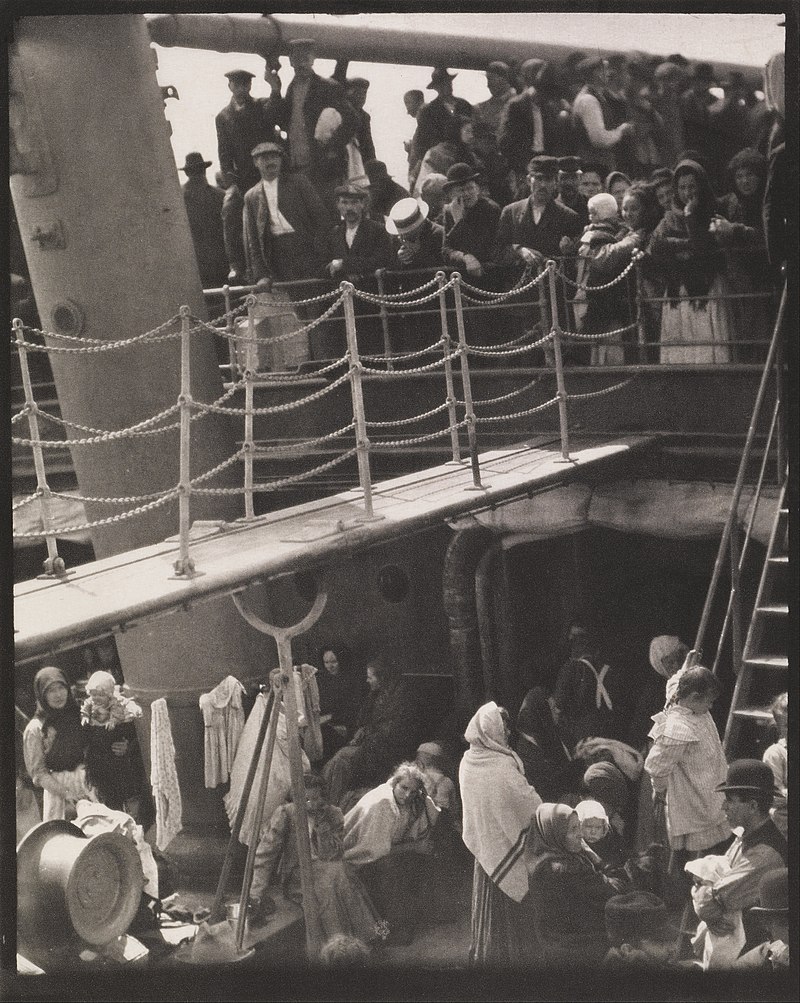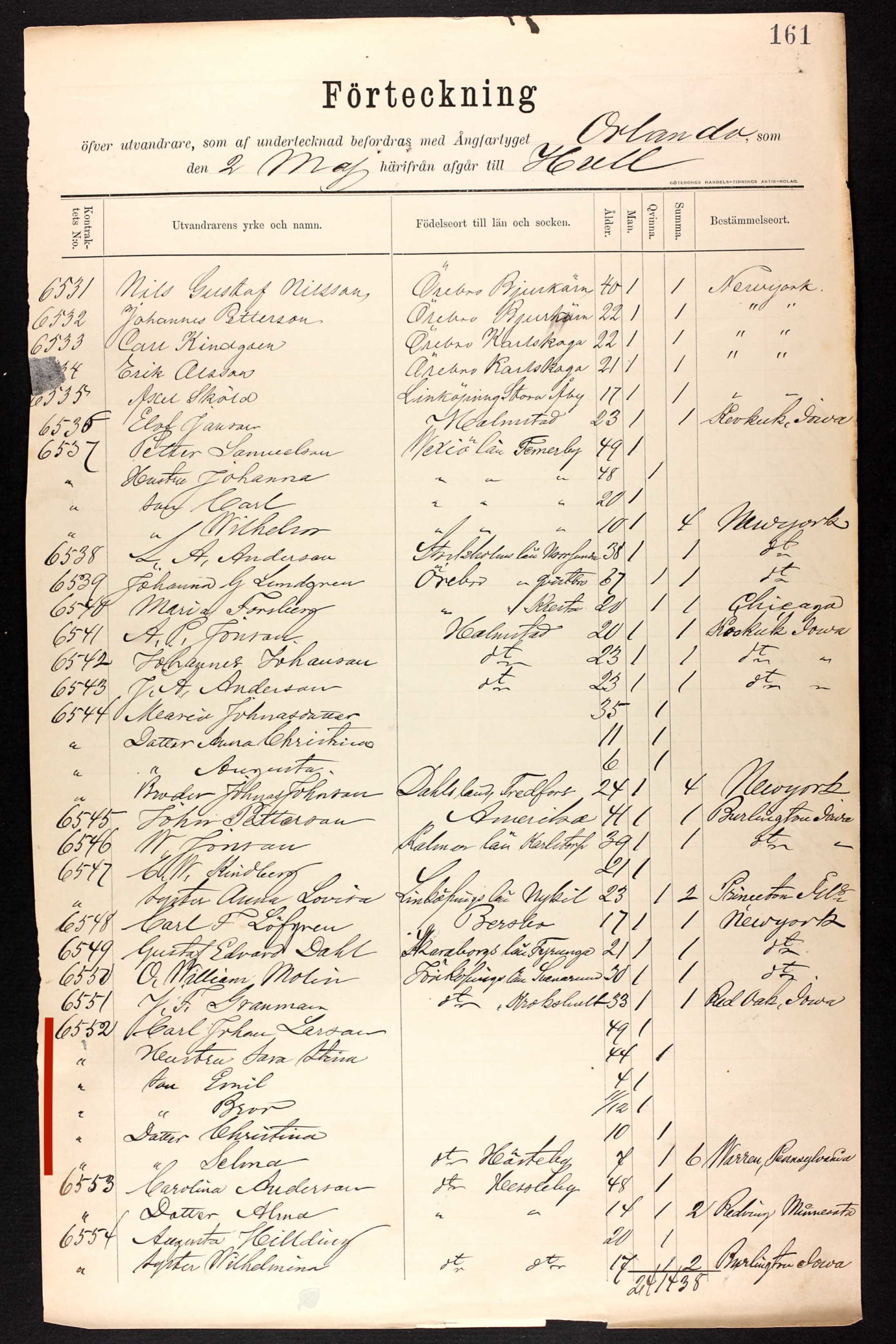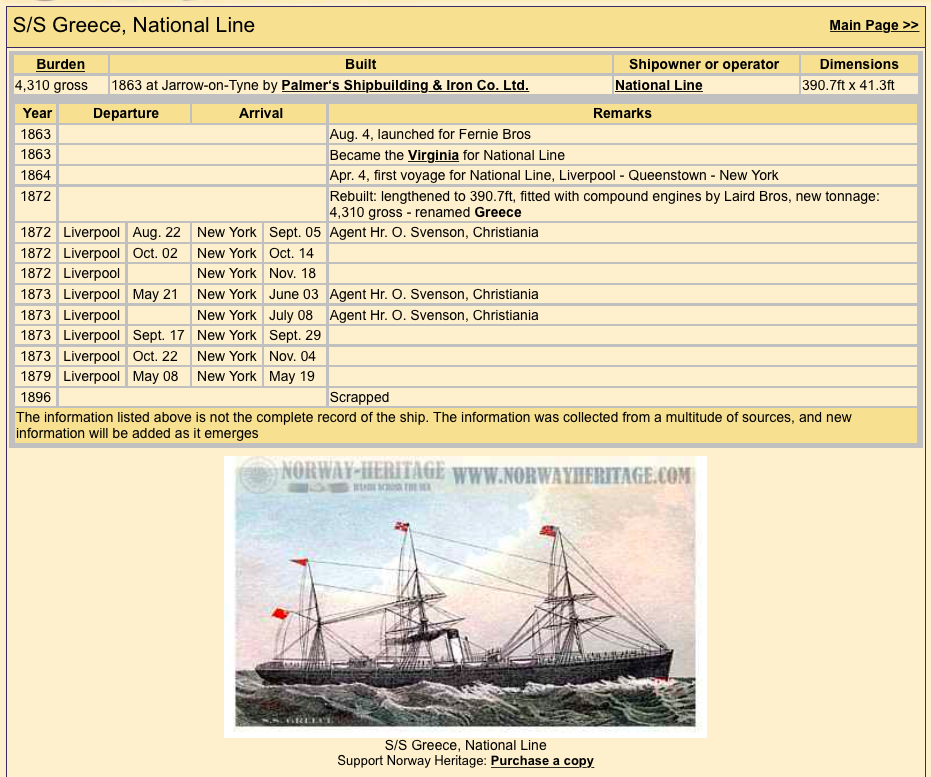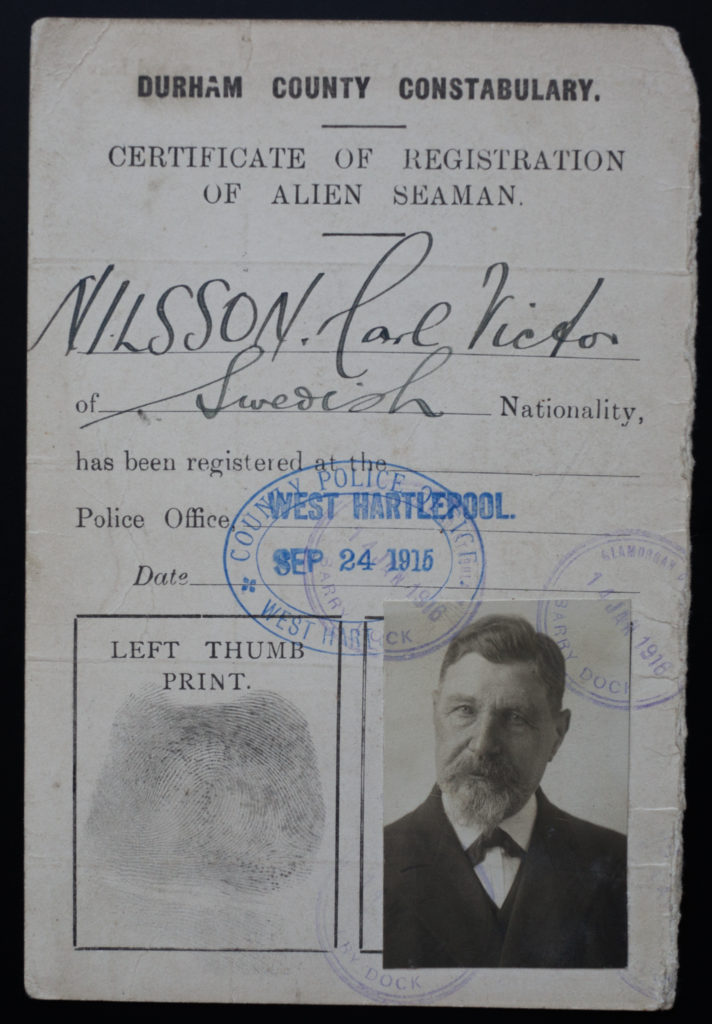
Karl Aron Emil Brodin was born in Kristdala, Kalmar län, on Nov. 2, 1875. When he was 20 years old, in December of 1895, his son Frans Evald was born. At Frans Evald’s birth both of his parents are listed as ‘unknown’. Later his mother came forward, and Frans Evald was somehow also given Brodin as his last name.
Karl Aron Emil Brodin left Sweden for the United States on July 15, 1896. His son is 7 months old.
Emil Brodin died in Los Angeles, Calif. on June 29, 1905. He had contracted tuberculosis in Manila, Philippines, while fighting with the 22nd US infantry in the Philippine – American War. That was “an armed conflict between the First Philippine Republic and the United States that lasted from February 4, 1899, to July 2, 1902.” He had enlisted in the spring of 1898 and was discharged in Manila on Dec. 13, 1901.
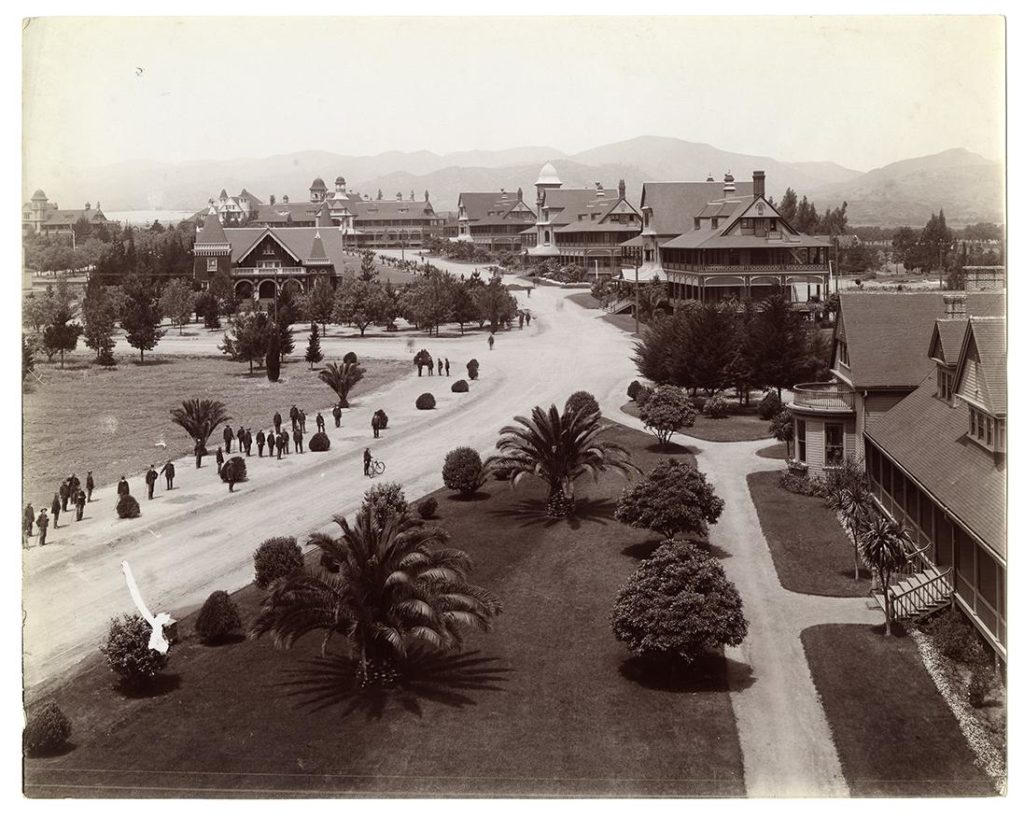
On Nov. 9, 1904 he was admitted to the Pacific Branch of the U.S. National Homes for Disabled Volunteer Soldiers, in Sawtelle, Calif. ‘Chas Karlson (uncle), Victoria, Ill.’ was listed as his next of kin.
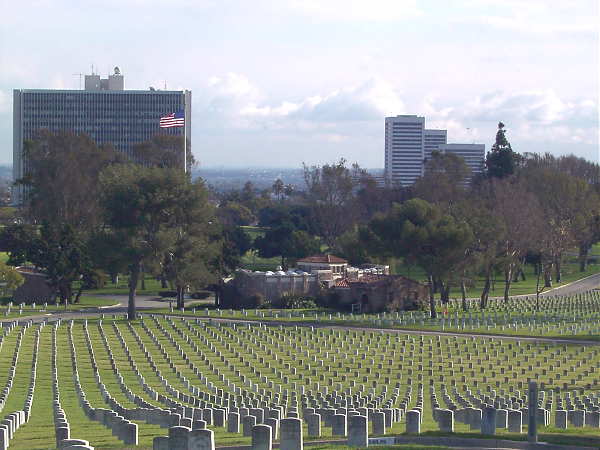
Emil was buried at Los Angeles National Cemetery, 950 S. Sepulveda Boulevard, Los Angeles. His grave is in section 11, row L, site 8.
Emil was my 4th cousin twice removed.



